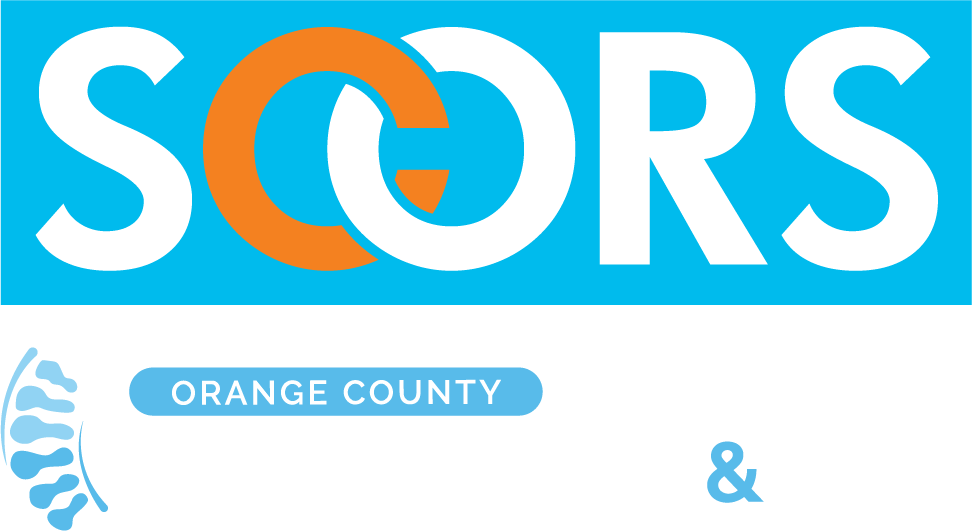
Common sites of trigger points include the rhomboid and trapezius back muscles, which are located in the upper back and behind the shoulder area. Knots in these muscles can cause neck pain, shoulder pain and headaches.
Trigger points can be caused by:
- Acute trauma
- Repetitive minor injury
- Sleeping in the wrong position
- Tearing large muscle groups while weightlifting
Benefits of a Trigger Point Injection
A trigger point injection can used to treat conditions such as:
Fibromyalgia
Tension headache
Tension headache
Myofascial pain syndrome, which may be caused by:
Injury or trauma to a muscle
Repetitive motions
Psychological stress
Poor posture
Risks and Side Effects

The risks of a trigger point injection treatment are very low. Patients may experience rare complications such as bleeding, or post-injection pain at the injection site. Common side effects include temporary soreness, lightheadedness, dizziness or numbness at the injection site.
Who Qualifies?
Patients with muscle pain that has not responded to pain medication and physical therapy may benefit from having a trigger point injection. Patients should speak to their physician to determine if a trigger point injection is right for them.
What to Expect During Treatment?
During a trigger point injection treatment, the doctor will press on the muscle to locate the area in pain. An ultrasound is typically not required. The injection site will then be cleaned to help reduce the risk of infection.
The patient may sit or lie down as the doctor inserts a small needle into the area and injects a mixture of anesthetic and steroid. The injection may be an anesthetic such as bupivacaine (Marcaine) or lidocaine (Xylocaine), a mixture of anesthetics, or a cortisone medication that may be mixed with lidocaine.
The anesthetic medication will block pain receptors within the nerves surrounding the muscle, helping to reduce the pain signals sent to the brain. Steroid medication will reduce the inflammation and swelling of tissue around the nerves.
In some cases, patients may not need any medication and may receive “dry needling”, which involves simply inserting a needle into the trigger point. This helps to separate, relax and lengthen the muscle fiber for pain relief. Dry needling may be used in patients allergic to anesthetic medication.

A patient may have several trigger point injections during one visit. The procedure typically takes only a few minutes and patients are free to go home immediately afterwards.
After the Procedure
Once the procedure is completed, the patient can freely use the muscle. Patients should avoid strenuous activity for the next few days.
Some patients may experience significant pain relief immediately after the injections, while others may need a few days or weeks for the pain to subside.
on caring for specific orthopedic needs.

